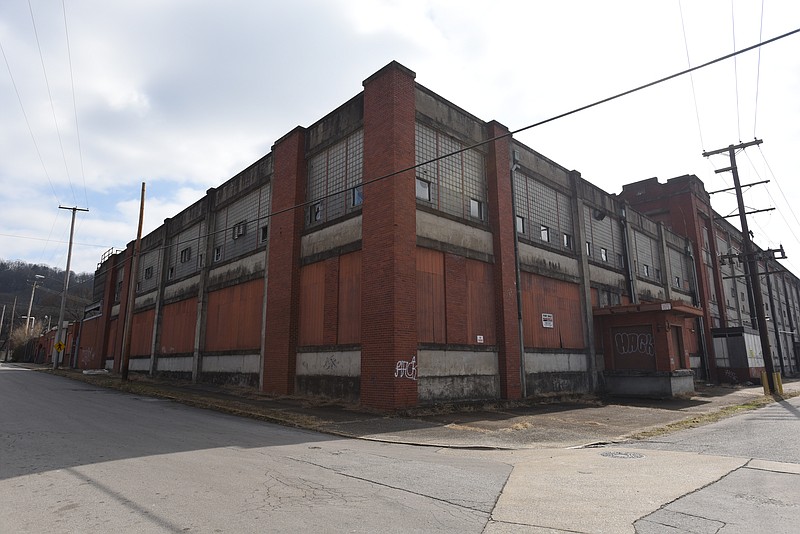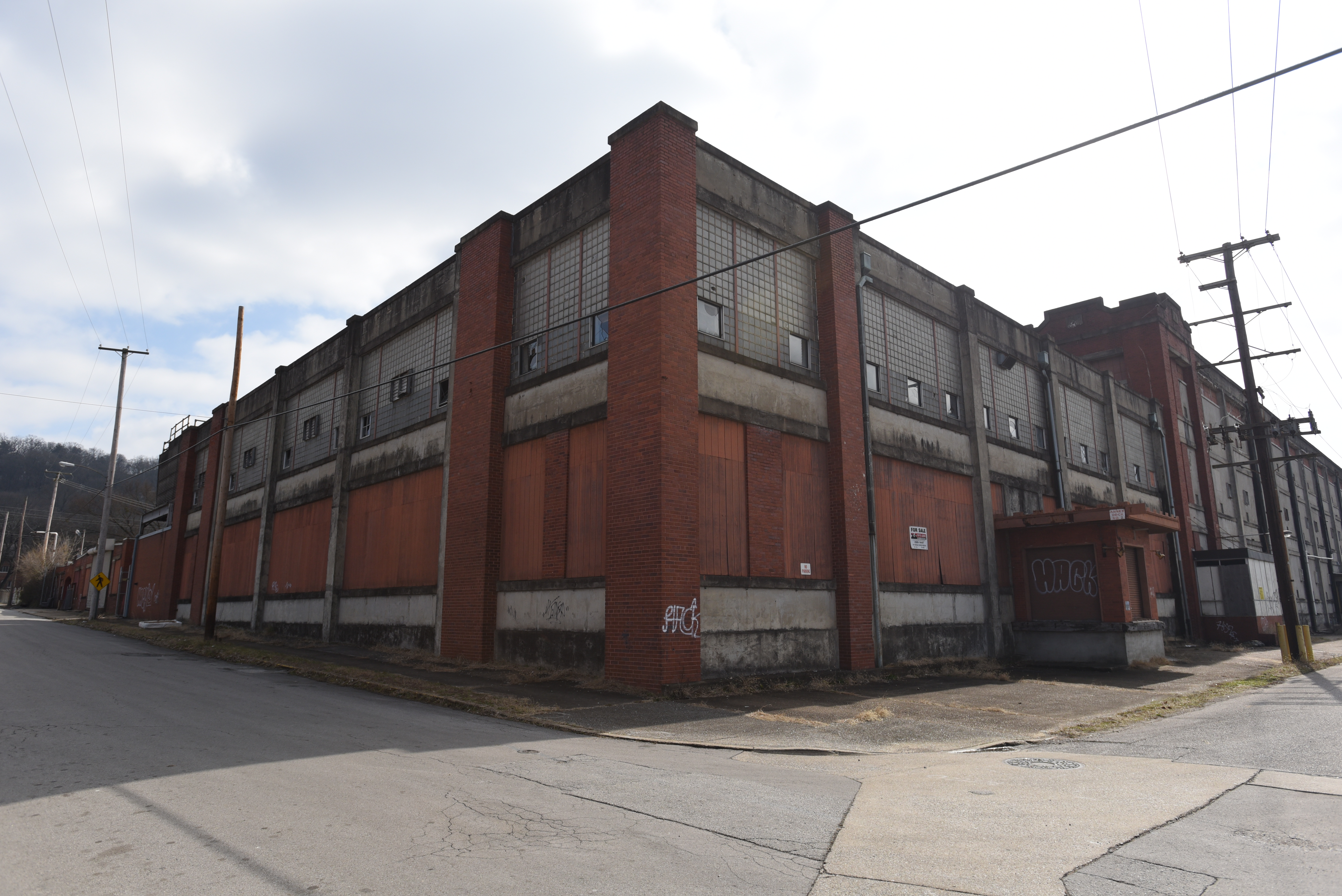A former industrial site at the western foot of Chattanooga's Missionary Ridge is among six new sites in Tennessee just added to the National Register of Historic Places.
The Standard-Coosa-Thatcher Mill on South Watkins Street in Chattanooga began its history in 1916 when the first buildings were erected. By 1920, another mill and warehouse were added.
State's National Register sites
Five other sites in Tennessee recently added to the National Register of Historic Places include: Grand Ole Opry House: Constructed from 1972-1974, the performance hall and broadcast studio was listed in the National Register for its exceptional national importance because of its impact in popular culture, entertainment and the communications industry. The largest radio and television broadcast studio in the world when completed, the building represents a new era in country music, when the industry was becoming more mainstream and using new sounds, marketing and production techniques. The building continues to be used for shows and broadcasts. Brown Farm: The 199-acre Brown Farm in the community of Lamar in Washington County is an important representation of the region's agricultural history. A smokehouse, spring house, mill, cemetery, post office and barns are included as part of the agricultural history of the farmstead. The Brown family represents the early settlement patterns in upper East Tennessee. They first came to the area in the 1770s and continued to farm and develop the property over many years. Constructed around 1845, the main house is an example of a Greek Revival farmhouse with later additions. The two-story solid brick building is embellished with a corbelled brick cornice and entrances with sidelights and transoms. College Hill Historic District Boundary Increase, North Washington Historic District and Dunbar Carver Historic District (3): Three historic districts in Brownsville, Haywood County, were listed in the National Register as part of the city's efforts to recognize their historic resources. The College Hill Historic District was originally listed in the National Register in 1980 with 83 properties included. The North Washington Historic District is comprised of around 150 properties and includes houses, commercial buildings, government buildings and religious buildings, with building dates ranging from 1830 to 1964. Twenty-six properties in the Dunbar-Carver Historic District represent the African American heritage of Brownsville. In addition to houses, two commercial buildings and a school are included in the district. Source: Tennessee Historical Commission
More recently, the site now listed on the National Register has been eyed by St. Louis, Mo.-based developer Tim Boyle for privately managed affordable housing under a plan that originally dubbed the repurposed site as the Standard Coosa Artists Lofts. Boyle is president of City Property Co.
Boyle, who was visiting Chattanooga on Monday, said getting the old mill site placed on the Register was a major step forward.
"A very large and important financing component of this project was to get the property placed on the National Register for Historic Places," he said. "We are thrilled that the designation has come through and is official. It provides additional wind to the project's back."
The designation is important "because we're going to renovate a dilapidated, historic property and we'll be able to utilize historic tax credits to assist in the financing of the project," he said.
"We're continuing to work on our financing model to meet our investors' expectations," he said. "There's no lack of investors wanting to be a part of this project."
Located in the now-blighted industrial area between East Main and East 23rd streets in Chattanooga, Standard Coosa Thatcher Mills grew over the years to incorporate new additions and technology improvements, according to a release from Tennessee State Parks and Conservation. The mill complex was designed by J.E. Sirrine, including its iconic water tower that rises from the center of the complex.
Until 1922, the Standard, Coosa and Thatcher plants were separate operations.
State officials say Standard Coosa Thatcher Mills are a significant example of the cotton industry of the South, an important factor in the region's economic and commercial growth. The company's yarns and threads were sold in 20 sales offices across the U.S., but as the apparel industry changed over the years, production at the mills slowed and in 2003 the mills shut down for good.
Since then, the buildings followed suit with much of the rest of the neighborhood, which contains some abandoned homes and scores of structures that are feeling the weight of years.
In comments about the site last July, Boyle said plans for affordable housing target people who earn up to 60 percent of the median income in the Chattanooga area -- about $23,160 for an individual or $33,060 for a family of four.
Designs for the apartments are for a new type of live-work-play community, primarily targeted at artists. A rooftop terrace could allow sweeping views of Lookout Mountain and downtown Chattanooga. An interior garden, planned for the space between the cavernous manufacturing lofts, will give residents a place to read and talk.
A gallery space, dance, painting, music and rehearsal studios, and community spaces are planned, according to Boyle.
Contact staff writer Ben Benton at bbenton@times freepress.com or twitter.com/BenBenton or www.facebook.com/ben.benton1 or 423-757-6569.

